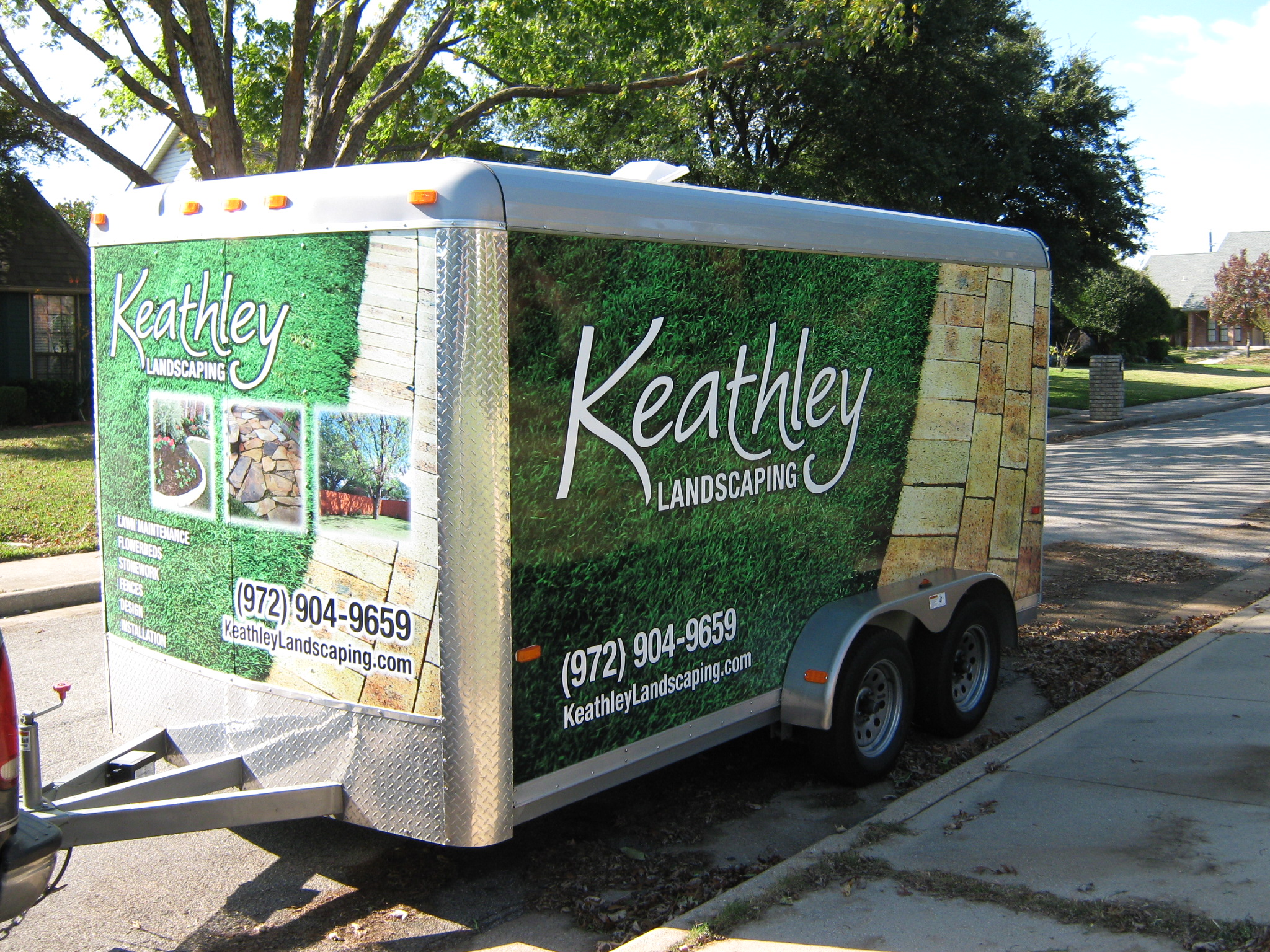French Drains: Exploring Cost-Effective Installation Methods
Have you ever wondered how to keep your yard from turning into a swamp after heavy rain? 🌧️ If so, you’re not alone. Many homeowners face the challenge of water drainage, and one effective solution is the installation of a French drain. In this blog post, we’ll explore cost-effective methods for installing a French drain, helping you save money while keeping your property dry and healthy. Let’s dive in!
Table of Contents
- What Are French Drains? 🤔
- Benefits of French Drains 🌟
- How to Install French Drains on a Budget 💸
- Maintenance Tips for Longevity 🔧
- Conclusion
- FAQs
What Are French Drains? 🤔
A French drain is a simple yet effective system designed to redirect water away from your property. It consists of a trench filled with gravel or rock that contains a perforated pipe, which helps guide water away from the area to prevent flooding and soil erosion. Invented by Henry Flagg French in the 19th century, these drains have become a popular solution for managing water issues.
Benefits of French Drains 🌟
Installing a French drain offers several advantages:
1. **Prevents Water Damage**: Keeps your basement dry and your foundation intact.
2. **Protects Landscaping**: Maintains the beauty and health of your garden and yard.
3. **Cost-Effective**: Compared to other drainage solutions, French drains are relatively affordable and easy to install.
How to Install French Drains on a Budget 💸
Installing a French drain doesn’t have to break the bank. Here’s a step-by-step guide to a budget-friendly installation:
1. **Plan the Route**: Determine the best path for the drain. It should ideally lead to a low-lying area or a storm drain.
2. **Gather Materials**: You’ll need a shovel, gravel, a perforated pipe, and landscape fabric. 🛠️ Consider renting a mini excavator for larger projects to save time.
3. **Dig the Trench**: Aim for a trench about 18-24 inches deep and 9-12 inches wide. Make sure it slopes downwards to facilitate water flow.
4. **Line the Trench**: Use landscape fabric to line the trench. This prevents soil from clogging the pipe.
5. **Add Gravel and Pipe**: Place a layer of gravel at the bottom, then lay the perforated pipe. Cover the pipe with more gravel, ensuring it’s fully submerged.
6. **Cover and Finish**: Fold the excess fabric over the top and cover with soil or sod to match your yard.
Maintenance Tips for Longevity 🔧
To ensure your French drain continues to function effectively:
1. **Regular Inspections**: Check for clogs or damage annually.
2. **Clean the Outlet**: Make sure the exit point is free of debris.
3. **Monitor Water Flow**: After heavy rain, observe the water flow to ensure it’s working as intended.
Conclusion
French drains are a practical and cost-effective solution for managing water drainage issues. By following these budget-friendly installation tips and maintaining your drain regularly, you can protect your home and landscape from water damage. So, roll up those sleeves, grab a shovel, and give your property the drainage it deserves! 🌿
FAQs
1. How much does it typically cost to install a French drain?
The cost can vary depending on the size and complexity of the project, but a DIY installation can range from $200 to $1,000.
2. Can I install a French drain myself?
Yes, with the right tools and materials, a DIY installation is possible and can save you money.
3. How long do French drains last?
With proper maintenance, a French drain can last up to 30 years.
4. Do French drains require a permit?
This depends on local regulations. It’s best to check with your local building authority.
5. What if my French drain gets clogged?
You can unclog it by flushing it with a garden hose or using a drain snake for tougher blockages.






































Recent Comments